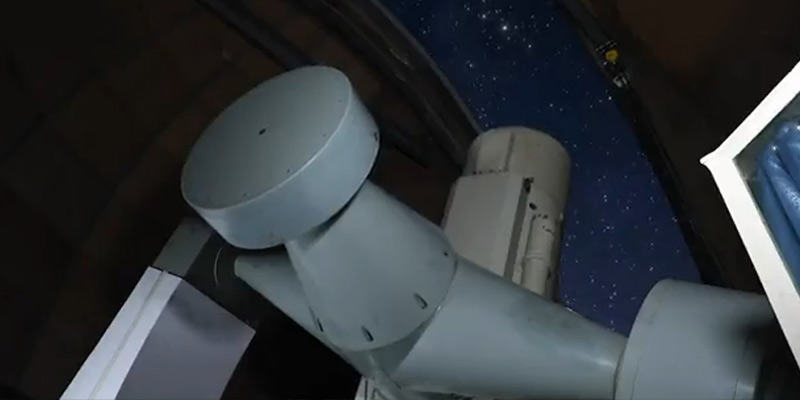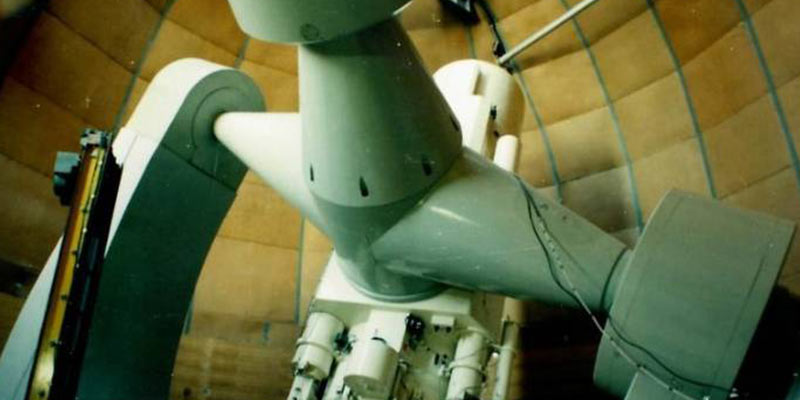- India
- Oct 22
Explainer / Sampurnanand Telescope
The governor of Uttarakhand Lt. General Gurmit Singh (Retd.) felicitated former astronomers, research scholars, and staff members at a workshop organised to commemorate the completion of 50 years of successful operations of the 104-cm Sampurnanand Telescope.
The workshop was organised by the Aryabhatta Research Institute of Observational Sciences (ARIES), an autonomous institute of the Department of Science and Technology (DST).
Sampurnanand Telescope
• The 104-cm Sampurnanand Telescope, situated at ARIES, Manora Peak in Nainital is one of the the main observing facility in optical domain.
• It was installed in 1972 by Carl Zeiss, Germany at the then UP State Observatory (UPSO).
• Observations with the telescope were started after the rains in October 1972. The telescope was formally dedicated to the nation on June 7, 1973.
• The telescope gets its name after Dr Sampurnanand, educationist and former chief minister of Uttar Pradesh.
• It has completed fifty years of successful science operations. So far, the telescope has produced more than 40 doctoral theses and over 400 research papers in reputed international journals.
What are its features?
Until the late eighties, this telescope was equipped with a Cassegrain plate holder, Meinel camera, photoelectric photometer and a laboratory scanner. A quantum jump in observing capability was achieved in 1989 by installation of a charged-coupled device (CCD) camera for imaging photometric observations, photomultiplier tubes-based photometer for asteroseismic observations in 1999 followed by an in-house developed polarimeter in 2004.
Some landmark observations
The telescope has been extensively used for optical observations of comets, occultation by planets and asteroids, star forming regions and star clusters, variable stars, transients, active galactic nuclei, etc.
Some of the breakthrough science results contributed by the telescope include:
• Discovery of rings of Uranus.
• Two additional rings around Saturn were detected, out of these one ring was detected for the first time.
• First detection of optical afterglows of Gamma-ray-bursts(GRBs) and micro-lensing event from Indian soil.
• The first photoelectric observations of stars from Indian soil were obtained at the institute.
• The discovery of quakes in a half dozen of stars under ‘The Nainital-Cape Survey’, the one of the longest and unique ground based surveys initiated jointly at the northern and southern hemispheres.
• The instrumentation and science capabilities of Sampurnanand Telescope have paved the way for setting up national and international facilities by ARIES, such as the 3.6m DOT and the 4-meter International Liquid Mirror Telescope at Devasthal.
Manorama Yearbook app is now available on Google Play Store and iOS App Store


